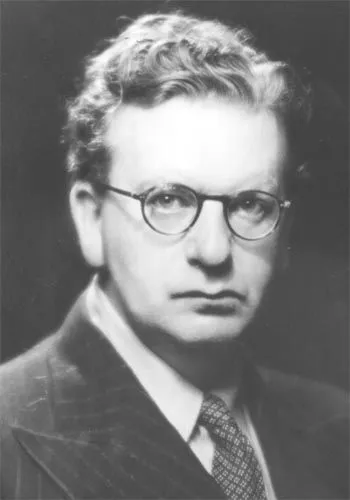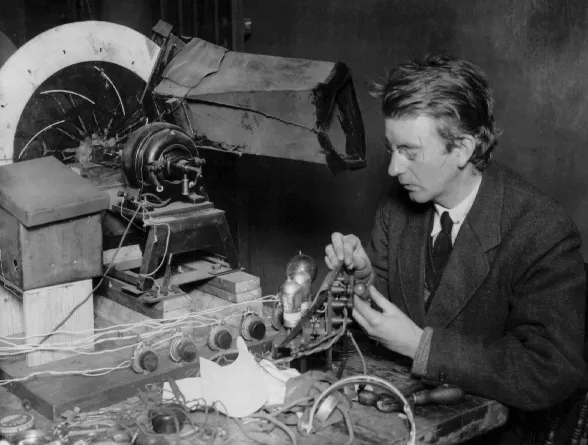
John Loggie Baird was born on 13th August 1888 in Glasgow, Scotland. His father was a pastor in a local parish and the mother taught music in the parish school.
Baird had his early education in the school where his mother was a teacher. He was not a studious boy who read or studied school books. His keen interest was in all sorts of experiments making use of wires, tins, cardboard boxes and empty thread spools. His bedroom had been full of discarded items like cartons and used batteries he collected.
A science teacher in his school who recognized the scientific talents in Baird directed him to read books on science. She met his father and persuaded him to let Baird pursue a science education. The father who had wanted his son to be a clergyman like himself thus give up his hopes and agreed with the teacher’s proposal.
After his basic education Baird got admitted to a science and technology institute at Glasgow and studied electrical engineering and photography. His next educational institute was the reputed University of Glasgow.
Soon after passing out as a Bachelor of Science he was employed by a research institute as a technical officer. It is reported that the work there made his inventive genius bloom.
After a time he found that he would have better prospects in London, and moved there. He joined a firm that produced audio-visual equipment and continued advanced experiments. In 1924, while he was engaged in some experiment he accidentally projected the sign of a cross on to a screen that hung few yards away. It was a great achievement and he pursued his quests day and night tirelessly.
In 1926 he was able to make a short distance telecast. In 1928 he took a giant leap in his endeavour by sending television images to U.S.A. from England across the Atlantic Ocean.

The model of telecast Baird thus introduced transmitted images only and sound did not accompany the respective pictures. Two years of dedicated experimenting made Baird able to transmit a television programme in black and white along with sound, in 1930.
When the British Broadcasting Corporation started a television service employing the cathode ray system developed by someone else, entirely ignoring Baird’s work, he was dejected
Though very much frustrated he continued with his experiments to develop a colour television system. The frustration and disillusion made him weak and after a brief illness Baird passed away on the 14th June1946.